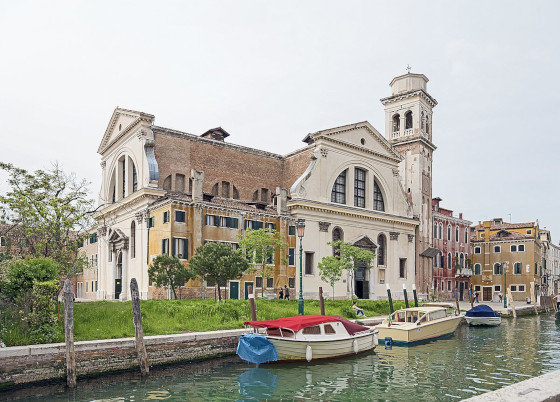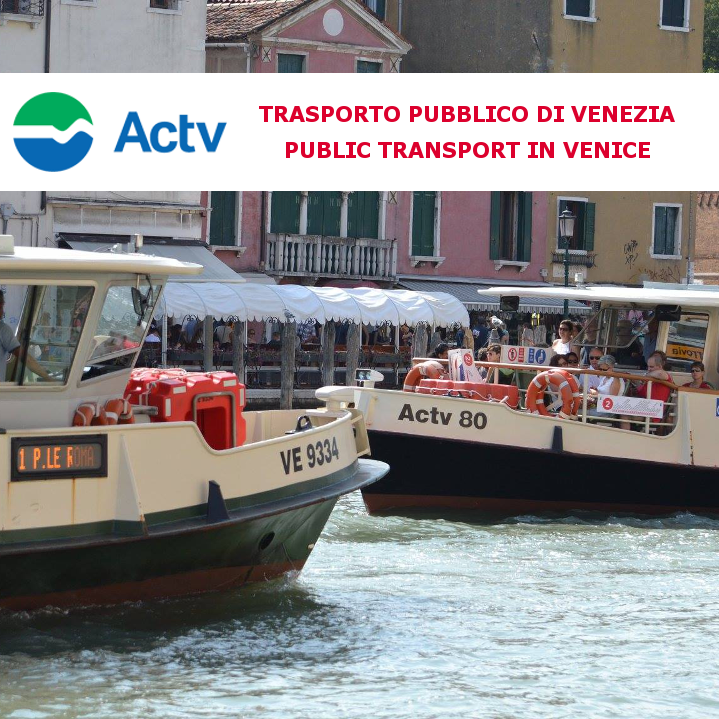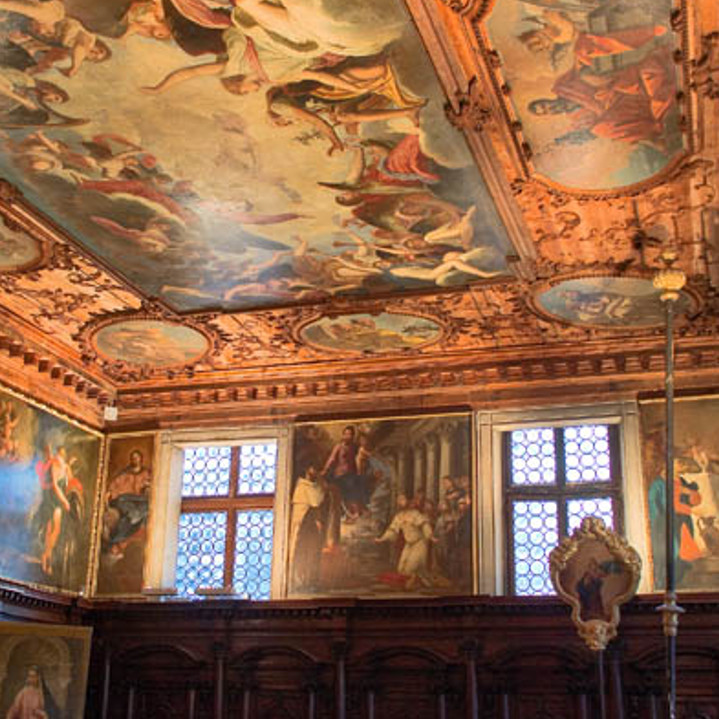You are here
CHORUS CHURCHES
CHORUS - Association for the churches of the Venice Patriarchy
Here below the list of Churches managed by Chorus, free access.
|
1 Santa Maria del Giglio 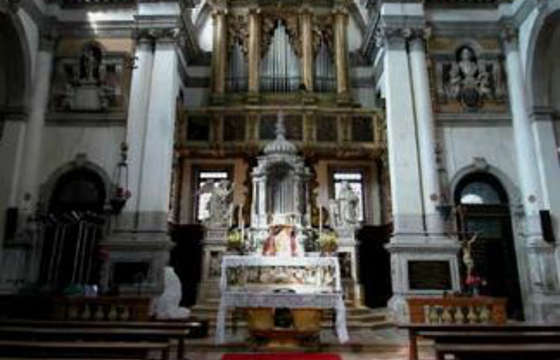
|
2 San Stae 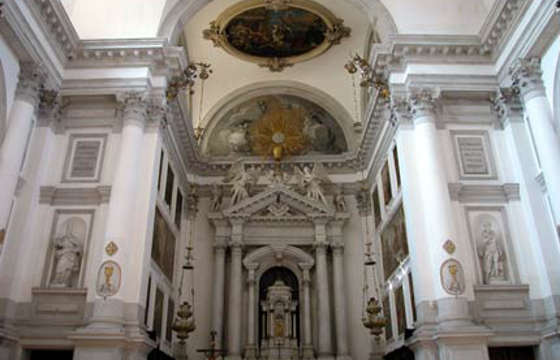
|
3 Santo Stefano 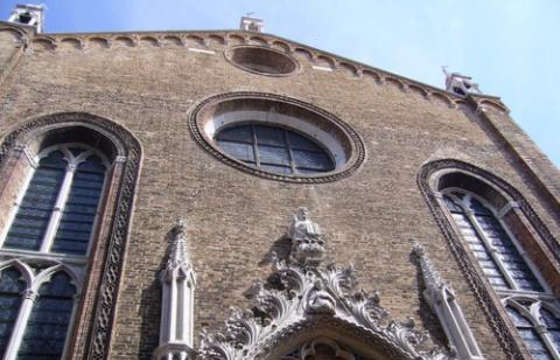
|
4 Sant'Alvise 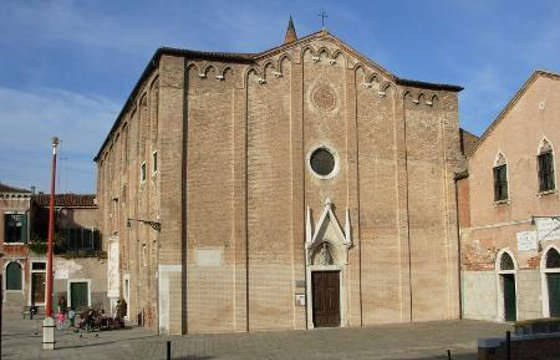
|
|
5 Santa Maria Formosa 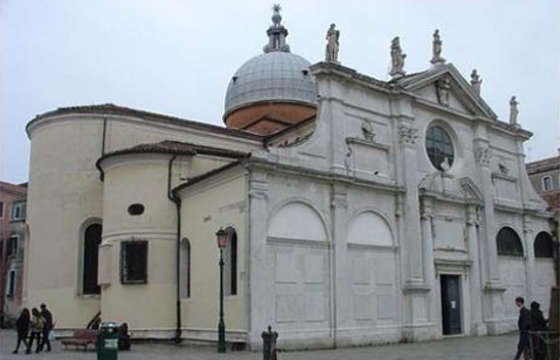
|
6 San Pietro di Castello 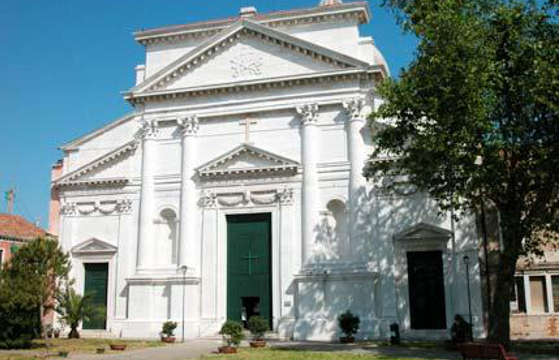
|
7 Santa Maria dei Miracoli 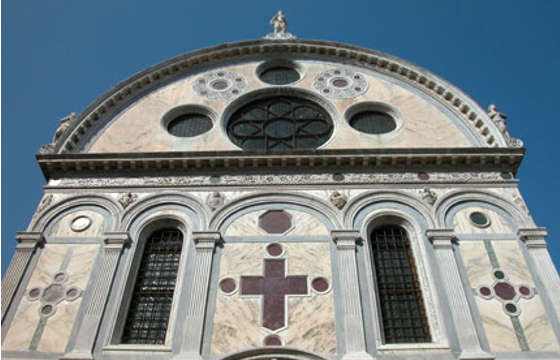
|
8 Santissimo Redentore 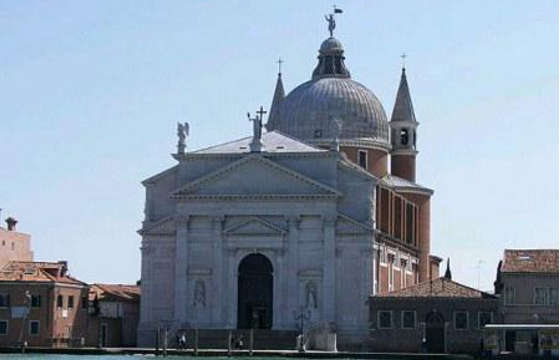
|
|
9 S.Giovanni Elemosinario 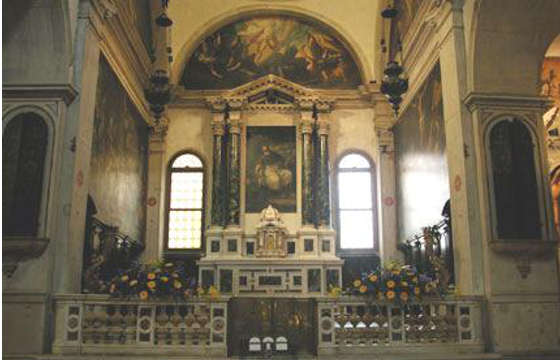
|
10 Santa Maria del Rosario (Gesuati) 
|
11 San Polo 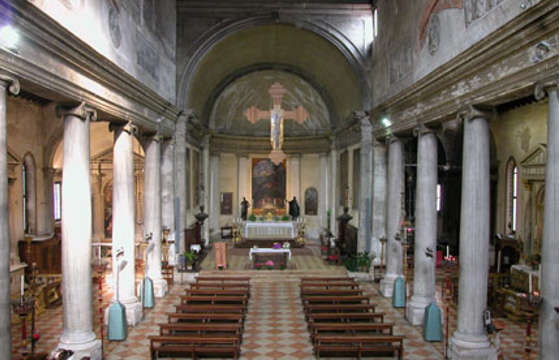
|
12 San Sebastiano 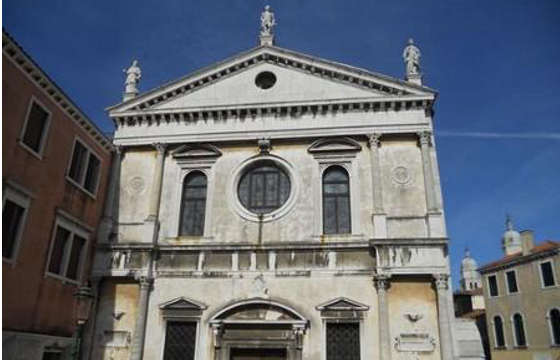
|
|
13 San Giacomo dall'Orio 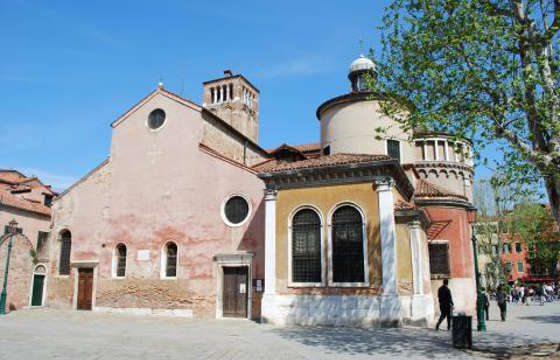
|
14 San Giobbe 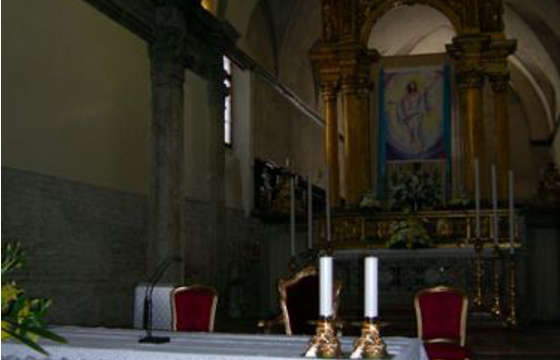
|
15 Santa Maria del Carmelo (Carmini) 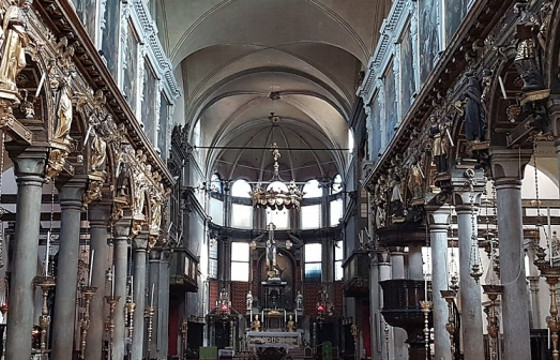
|
16 S.Giovanni Battista in Bragora 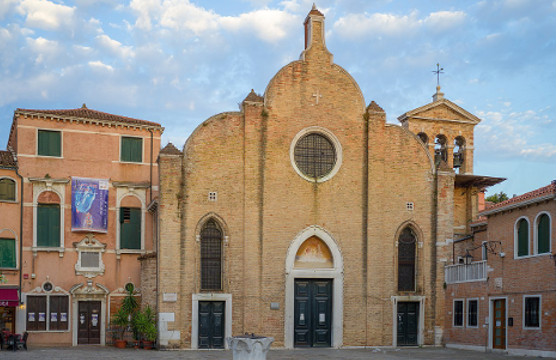
|
|
17 San Trovaso |
18 San Zaccaria 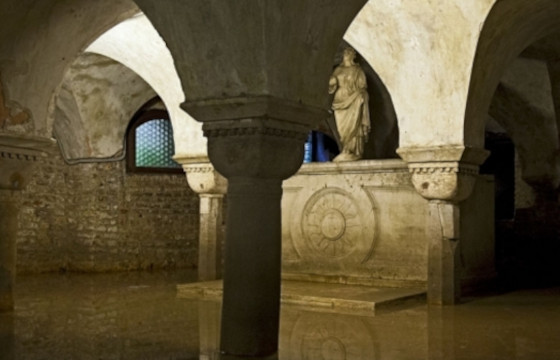
|
19 Madonna dell'Orto 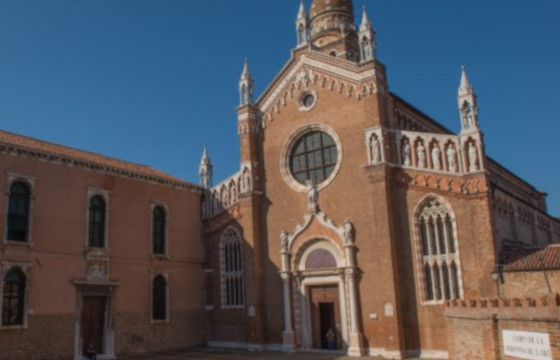
|
20 San Marcuola 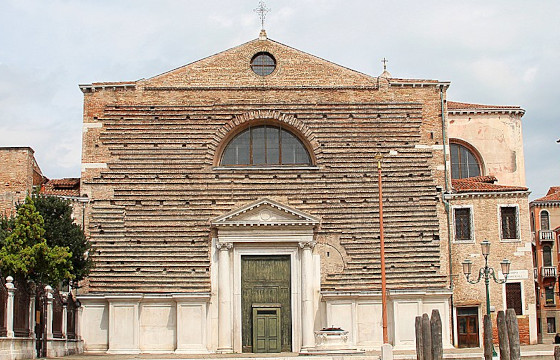
|
CHURCHES - OPENING TIME
|
|||
Church of Santa Maria del Giglio
This ancient church was founded in the 9th century, but it owes its current form to a late XVIIth century renovation. The façade, designed and built by Giuseppe Sardi, is one of the most original and lavish expressions of Baroque art in Venice. As a whole, it is a grandiose monument to the Barbaro Family, represented by the effigies of the five brothers and relief maps of the places where Antonio Barbaro served the Venetian Republic. In the church are a number of noteworthy paintings.
Church of San Stae
Exhibiting its opulent façade overlooking the main waterway of Venice, the Grand Canal, the church was designed by Domenico Rossi (1709) and richly adorned with sculpture by artists such as Giuseppe Torretto, Antonio Tarsia, Pietro Baratta and Antonio Corradini. Inside the church conserves significant works by Niccolò Bambini, Giuseppe Camerata and Antonio Balestra, including absolute masterpieces such as “The Martyrdom of St. Bartholomew”, an early work by Giambattista Tiepolo (1721), “The Martyrdom of St. James the Greater” by Giambattista Piazzetta and “The Liberation of St. Peter” by Sebastiano Ricci. The Sacristy also displays several interesting artworks such as Pietro Vecchia's “Death of Christ” and Giambattista Pittoni's “Trajan Orders St. Eustace to Pray to the Idols”.
Santo Stefano Museum
The Church of Santo Stefano is, after the Frari and the Church of Santi Giovanni e Paolo, the third largest monastery church in Venice. Built by the Order of the Hermits of Saint Augustine in the XIIIth century, it was rebuilt a century later, and with subsequent additions to its architecture and decoration became one of the finest examples of Venetian Flamboyant Gothic architecture. Passing through Bartolomeo Bon's magnificent marble portal on the XIVth-century brick facade, one enters a space divided into a central nave and two side aisles by columns supporting soaring pointed Gothic arches. The ceiling and roof structure, in the form of a "ship’s keel”, is particularly striking, while the Presbytery features admirable inlaid wood Choir stalls crafted in 1488.
Church of Sant'Alvise
A visit to the Church of Sant'Alvise and the nearby church of Madonna dell'Orto takes you through the most secret and authentic corners of Venice in one of the remotest parts of Cannaregio, steeped in the silence of the lagoon and on regular lots of reclaimed land. Originally a convent church, Sant'Alvise was, according to tradition, commissioned by Venetian noblewoman Antonia Venier in 1388, in honour of St. Louis of Toulouse who had appeared to her in a dream. The present form of the church is the result of a reconstruction completed in the XVIIth century. The daring perspective of the ceiling frescoes painted in that century by Antonio Torri and Pietro Ricchi is still spectacularly effective. The remarkable works of art conserved in the church of Sant’Alvise include the extraordinary “Christ Carrying the Cross” – a late masterpiece by Giambattista Tiepolo, who painted two other works still conserved in this church, “The Coronation of Thorns” and the “Flagellation” (1737-40).
Church of Santa Maria Formosa
The Church of Santa Maria Formosa, built in 1492, is an architectural masterpiece by Mauro Codussi, and marks the introduction into Venice of the sculptural and spatial vision embodied in the Tuscan Renaissance. The Latin-cross layout, with central nave and two side aisles, respects the foundations of the original VIIth century church (which, according to tradition, was one of the eight founded by St. Magnus, Bishop of Oderzo, after the Virgin appeared to him in a vision as a magnificent buxom (formosa) matron. Codussi built the church precisely over the existing foundations of the earlier XIIth century Greek-cross plan and crowned it with a dome, creating a well-articulated space with a strong and suggestive central focus, in which the complex structure of vaults and domes seems to float above the steady light flowing through the deep windows of the bearing walls.
Church of San Pietro di Castello
The Church of San Pietro di Castello stands on the ancient island of Olivolo, now known as Castello, in what was the first human settlement and the first religious, political and commercial centre of the nascent city.
It played a very important role in Venetian history: from 775 to 1451 it was a Diocesan Church under the Patriarchate of Grado; it then became a Cathedral in its own right and the seat of the Patriarch of Venice until 1807, when the Patriarchate was moved to Saint Mark’s Square. The original church, built in the VIIth century, was dedicated to the Byzantine saints Sergius and Baccus, whereas the new church, dedicated to St. Peter the Apostle, is one of a group of “mother” churches built by the Bishop Magnus in the IXth century. It was reconstructed between the end of the XVIth century and the early decades of the XVIIth century to acquire its current configuration. The facade was renovated by Andrea Smeraldi, based on an original design by Andrea Palladio (1556). In the right aisle stands the so-called Throne of St. Peter, traditionally considered the cathedra used by the Saint in Antioch and conversely a work that originated in Antioch, but probably assembled in the XIIIth century using an ancient Arab-Muslin funeral stele
Church of Santa Maria dei Miracoli
This masterpiece of early Venetian Renaissance architecture by Pietro Lombardo, comparable in its unitary design to a magnificent jewel box sculpted and clad in polychrome marble, represents a work of great historical and artistic, as well as sentimental value to the Venetians. It was built between 1481 and 1489 upon commission by Angelo Amadi to hold an image he owned of the “Virgin with Child between Two Saints”. Painted by Nicolò di Pietro (XIV-XV centuries), and placed on the altar of the church, the image was said to work miracles.
Church of the Santissimo Redentore
The Church of the Redentore is one of the most famous and venerated churches in Venice, and the centrepiece of one of the city's most deeply felt public celebrations (the Feast of the Redentore, on the third Sunday in July). Commissioned by the Senate to honour a vow taken during the terrible plague of 1575-77, the Church was designed by Andrea Palladio and is one of the absolute masterpiece of Renaissance architecture. It was completed after Palladio's death in 1580 by his foreman Antonio da Ponte, who remained faithful to the original design, represented in the façade with its broken pediments by the half columns and the strong horizontal element that ties its geometry together. The church and sacristy abound in important artworks, such as the fine large lunette of the counter-façade by Pietro Vecchia on the subject of “The Virgin Presenting the Blessed Felice di Cantalice to Jesus”, and in the nave and presbytery paintings by Paolo Veronese (and his school), by Jacopo Tintoretto, Francesco Bassano, Paolo Piazza and Jacopo Palma il Giovane.
Church of San Giovanni Elemosinario
This is a very ancient church, founded before 1071, though nothing remains of the original building which was destroyed in the terrible fire that ravaged the Rialto area in 1514, devastating many shops and enormous quantities of merchandise. The reconstruction of the church was probably commissioned to Antonio Abbondi known as Lo Scarpagnino, who completed it before 1531 while supervising the reconstruction of the entire market area. The church, a beautiful example of Renaissance architecture, so perfectly embedded in the dense urban fabric as to become difficult to find, contains two extraordinary examples of sixteenth-century painting by two of its foremost artists – Titian and Pordenone.
Church of Santa Maria del Rosario (Gesuati)
The Church of the Gesuati, the largest convent complex in XVIIIth century Venice, was built between 1726 and 1735 for the Dominican Order to replace the smaller church that still stands beside it, which had become too small to hold all the parishioners. The Dominican Order took over from the Jesuates (from whom the church took its name) in 1668, when the order was suppressed. Giorgio Massari was the architect who designed the church and the decorations in the interior, with the help of two great artists of the time: Giambattista Tiepolo and Gian Maria Morlaiter. The three definitively established their fame in the city thanks to the remarkable work they did on the church. There is a beautiful harmony to the interiors, with the striking ceiling frescoes by Giambattista Tiepolo, featuring three splendid frescoes representing “The Virgin Appearing to St. Dominic”, “The Institution of the Rosary” and “The Glory of St. Dominic”, surrounded by a number of monochrome medallions.

Church of San Polo
Founded in the IXth century, the Church of San Polo was renovated twice, altering its
original Byzantine structure (the two column-bearing lions at the base of its bell-tower were probably part of the original building). The first major transformation took place in the XVth century when the church was adapted to the Late Gothic style, represented by the beautiful portal attributed to Bartolomeo Bon. It was rebuilt a second time in the neo-Classical style in 1804, by Davide Rossi. The church is home to paintings by Jacopo Tintoretto, Jacopo Palma il Giovane, Giambattista and Giandomenico Tiepolo, and Paolo Veronese.
Church of San Sebastiano
This is one of the most important landmarks of Venetian art, housing the most extraordinary body of works by Paolo Caliari, better known as Il Veronese. The church, founded in the fifteenth century by the confraternity the Padri Gerolimini, was expanded and renovated in 1506 under the direction of Antonio Abbondi, known as Lo Scarpagnino, who turned the orientation of the church towards the canal. More important than the architecture of the church is its magnificent cycle of paintings by Paolo Veronese, undoubtedly the grandest and most significant undertaking by the artist in the course of his entire lifetime. The church, a true mausoleum of Veronese, also houses the mortal remains of this great artist (to the left of the presbytery). Other paintings worthy of note include works by Bonifacio de’ Pitati and the school of Tintoretto in the sacristy; in the church, in particular, the fine “San Nicolò” by Titian, and works by Paris Bordone, Jacopo Sansovino, Jacopo Palma il GIovane and Alessandro Vittoria.
Chiesa of San Giacomo dall'Orio
Founded in the 9th century, San Giacomo dall'Orio is one of the most ancient churches in Venice. Its current form - a Latin Cross plan with a central nave, two aisles and a transept – is the result of a reconstruction process that began in 1225, later modified in the XVth and XVIth centuries. The appeal of this church lies in its sober and archaic exterior, and the ingenious design of the interior space, dominated by the warmth of the wood beams and ceiling. Some of the Byzantine elements (brought back from the Orient at the end of the Fourth Crusade), such as green marble column with the Ionic capital, which was admired by John Ruskin and Gabriele D’Annunzio, were probably introduced during the reconstruction in 1225, while the system of apses towards the campo date from the XVth century. The church is home to some of the masterpieces of Venetian Renaissance painting, such as the “Virgin with Child among the Apostles and Saints” on the main altar, one of the few paintings by Lorenzo Lotto in Venice.
Church of San Giobbe
An interesting example of Renaissance architecture, the church features an elegant portal by Pietro Lombardo and statues of St. Bernardino, St. Anthony and St. Louis. The bell tower is built in the Late Gothic style.
Originally built as an oratory in 1378, the church of San Giobbe was transformed between 1470 and the early 1500s by Pietro Lombardo, the architect who built it as one of the first examples of Renaissance architecture in Venice. On the site of the original oratory, with its discernible Gothic imprint, stands the Contarini Chapel.
Church of Santa Maria del Carmelo (Carmini)
The church of Santa Maria del Carmelo (I Carmini), was founded by the Carmelite friars in the penultimate decade of the thirteenth century: 1286 is the starting date of the works that continued, given the size of the building, for quite a while, until 1348 , year of the official consecration.
Church of S.Giovanni Battista in Bragora
The church founded in the 8th century is dedicated to St. John the Baptist whose relics came to Venice from an unknown eastern region.
the first document attesting its existence dates back to 1090. It is a deed of donation in which the priest Andrea Martinaci, parish priest of San Giovanni Battista in Bragora, appears as a notary. A subsequent refurbishment of the building took place starting in 1178, the year in which the parish priest, Pietro Da Molin, sold a fund owned by the church to meet the costs of reconstruction.
Church of San Trovaso
The Church of Saints Gervasio and Protasio, also known as San Trovaso, is a place of worship of great importance located in the heart of Venice. This architectural jewel was erected in honor of the holy martyrs Gervasius and Protasius, whose relics are kept in the Basilica of Sant'Ambrogio in Milan. The church, probably built in the first half of the 9th century, underwent various phases of renovation over the centuries, with a definitive reconstruction between the 16th and 17th centuries by architects associated with the school of Palladio..
Museum and crypt - Church of San Zaccaria
Through a marble portal attributed to Alessandro Vittoria you enter the choir room or chapel of Saint Athanasius. Once an altarpiece placed behind the nuns' choir of the old church, the Nativity of the Virgin by Jacopo Tintoretto stands out. Remarkable, then, are the paintings of Palma il Giovane.
Once the presbytery of the Gothic church, the chapel of San Tarasio is at the same time the pinnacle of the decorative possibilities offered by the flourishing Gothic in Venice and an example of the early Renaissance style of Florentine ancestry.
NOTE: The crypt, which can be visited, is flooded for a good part of the year due to the tides.
Church of Madonna dell'Orto
The Church of the Madonna dell'Orto stands in the Cannaregio district. Built in the 14th century and rebuilt or heavily remodelled in the 15th century, the church was dedicated to St Christopher, but soon assumed its current popular name in honour of a miraculous image of the Virgin and Child found in a nearby vegetable garden. The magnificent terracotta façade is one of the most interesting in Venice, testifying to the transition from Romanesque to Gothic and from Gothic to Renaissance styles.
Among the many works preserved in the church are the beautiful Contarini Chapel, with Tintoretto's St Agnes, the 15th century altarpiece with St John the Baptist and Saints by Giambattista Cima da Conegliano, and the refined Valier Chapel, of Renaissance forms.
Church of San Marcuola
The church of San Marcuola (Ermagora and Fortunato) was built on a small island and was dedicated to Ermagora, Bishop of Aquileia and his deacon Fortunato.
The church was destroyed in 1117 by a severe earthquake, followed by an extensive fire. It was rebuilt and consecrated in 1332. In 1728, having fallen into a serious state of disrepair, it was again rebuilt from the foundations.
Thus the present church was built. Giorgio Massari was the architect who designed the project. The main façade towards the Grand Canal has remained unfinished. Inside one can admire works by Paolo Veneziano, Jacopo Tintoretto, Francesco Migliori, Giovanni Maria Morlaiter and Gaetano Susali.


